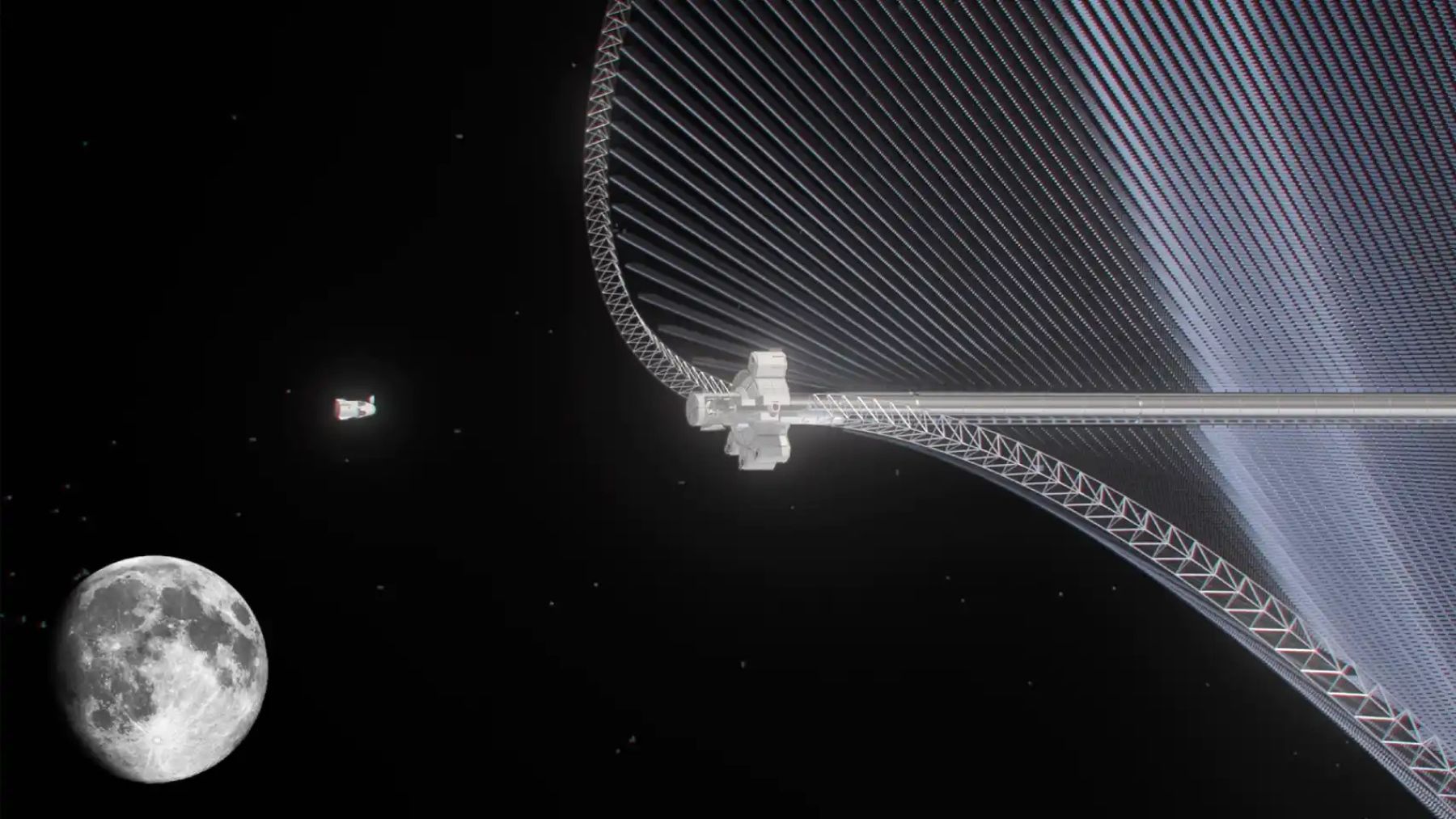Humanity is in tension with the return to Luna. The plan is to Sol from space. A project that is even more surprising than the desert that collapsed with solar panels. New space missions are still being prepared for the Luna. However, in the medium and long term it is still considered an unresolved problem for which all agencies are seeking a solution. They are considering how to obtain a steady, abundant and reliable energy supply to establish permanent moon bases.
The future of clean and sustainable energy lies in the hands of humanity, which is desperately searching for new ways to harvest energy without resorting to fossil fuels. In this context, a bold step has been taken by utilizing the unlimited sunlight available in the space and then transmitting it to users in the space. Tierra.
Now there is even talk of “going” to the Luna to obtain it. Some experts are proposing alternatives that capture solar energy from space.

Humanity could return to the moon, but not in the way we think
The startup Swiss Astrostrom belongs to this group and therefore prepared an analysis for the so-called Larger Earth-based Lunar Power Plant (GE⊕-LPS). What’s more, the European Space Agency (ESA) has included it in his framework Open Space Innovation Platform and your project Solariscreated for collecting solar energy in space and then sending it to the Tierra.
Astrostrom proposes the construction of an imposing habitable space station with thousands of solar panels, built almost entirely with resources of lunar origin. The ultimate goal would be to continuously supply 23 MW of power via microwaves to mobile receivers on the moon’s surface. This would be the cleanest, cheapest and most effective way to “meet the needs of surface operations, including future manned bases,” says the ESA in a press release.

Commitment Space Solar Energy (SBSP) and send it to the Tierra It is a dream that humanity has had since time immemorial. The ESA considers this action as an important technological advance to achieve a total low-carbon economy by 2050, but its origins lie in the idea conceived at the beginning of the 20th century by a Russian inventor and in a fictional story signed by Isaac Asimov in 1941.
Absorbing the sun from space, the goal that overshadows the return to the moon
Its chances of success were studied in several American programs in the 1970s, but it is today’s advances that bring this concept into the present. It is demonstrated with proposals such as those from a group of scientists from Caltech (California) that they launched a ship with a rocket in January 2023 SpaceX. With this test they performed 3 experiments to check whether generating and transporting solar energy from space was possible.
The goal was to create a power plant that would send energy to the world, the same power plant that strives to do so European Space Agency with the project Solaris. Their proposal “could deliver competitively priced electricity to European homes and businesses by 2040, replacing fossil energy sources and complementing existing renewable energy sources such as solar and wind, reducing the need for storage solutions at scale.”
He GE⊕-LPS raised by Astrostrom is linked to the same initiative, but focuses on providing energy to human infrastructures in the Luna. For this purpose, it is inspired by the shape of a butterfly, using thousands of V-shaped solar panels with integrated antennas. The spiral configuration would extend more than a square kilometer from one end to the other, enough to consistently supply up to 23 MW, an amount comparable to the average monthly consumption of 85,185 European households.
So that GE⊕-LPS In order to be realized in real scenarios, important technical developments are still needed. Meanwhile, humanity remains in suspense with the return to Luna and the ability to absorb Sol from space. An initiative that comes at a crucial time for solar photovoltaics, considering inventions like these that produce energy even at night.

